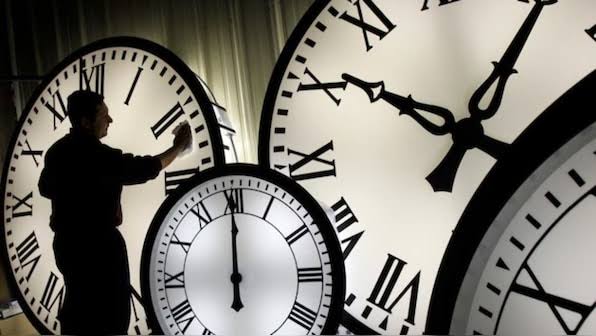In a major move towards implementing the ‘One Nation, One Time’ initiative, the Government of India held a crucial meeting today with all key stakeholders. During the meeting, Secretary of the Department of Consumer Affairs, Nidhi Khare, told CNBC Awaaz that India is now preparing to operate on its own precise time system—without depending on foreign systems.
What is ‘One Nation, One Time’?
Until now, India has relied on American and other foreign satellite systems for time data. With this initiative, India will use its own NavIC (Indian Regional Navigation Satellite System) and NPL (National Physical Laboratory) to generate and maintain Indian Standard Time (IST).
How Will Accurate Time Be Ensured?
India has installed atomic clocks at five locations across the country. These clocks are accurate to the nanosecond level, reducing the time deviation to less than 0.1 milliseconds.
Who Will Benefit?
- Power Grids: Improved accuracy and coordination in power supply nationwide.
- Telecom Sector: Enhanced call quality, reduced call drops, and better 5G performance.
- Banking Sector: Uniform timestamps for transactions will help reduce fraud.
- Defence and Space: Missions like ‘Operation Sindoor’ have already used Indian time systems.
- Stock Exchanges: All exchanges will now follow the same Indian standard time.
Also Read: Air India Plane Crash: Cockpit Voice Recorder Found, Will Help Identify Possible Causes
What Did Secretary Nidhi Khare Say?
She emphasized that this is a significant move towards India’s digital sovereignty. India will no longer depend on foreign time systems. All timing will be based on India’s own time zone, atomic clocks, and satellite networks.
When Will It Be Implemented?
The process is in its final stages. A notification will be issued soon for all sectors. The rollout is likely to begin in phases starting from the first quarter of FY26.
In Summary
‘One Nation, One Time’ is not just a technical change—it’s a major leap toward technological self-reliance and cyber security. It will enable India to adopt a more precise, synchronized system and reduce dependence on international time data sources.


